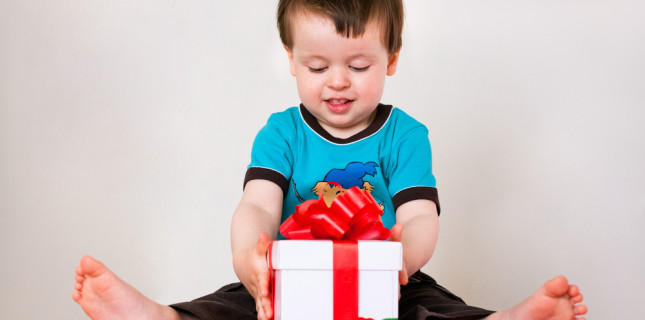
Toys and Eye Injuries: What to tell parents about safe gifts this holiday season
‘Tis the season…to buy toys, that is. One result is that we’re also about to enter the busiest time of the year for hospital emergency rooms. Many of those visits involve toy-related injuries to kids—mostly to the face, neck, and, more and more frequently, the eyes.
Tip: Tell parents to look for the ASTM label, indicating the toy meets the American Society of Testing and Materials safety standards.
Most were the result of accidents involving toy vehicles, scooters, and balls. This year, “launchable” toys will likely cause more injuries. Already, the CPSC reports that 17% of eye injuries to children involve toys with hard edges and detachable parts, especially missiles. The result? Increased injuries to kids’ eyes and the surrounding facial area.
Here’s what to tell parents about toys and injuries to keep kids’ eyes safe when it comes to buying toys this holiday season.
- Look for the ASTM label, indicating the toy meets the American Society of Testing and Materials safety standards.
- Avoid the temptation to buy toys with lots of detachable parts, especially those that can “fly.”
- While sports equipment is high on kids’ wish lists, remind parents to add protective eyewear to those purchases. Inadequate protection is the main reason there are 40,000 sports-related eye injuries every year.
- Here’s an easy way to gauge whether a toy is safe for a toddler: If any part of it can fit in something the size of a toilet paper roll, then it’s definitely on the do-not-buy list for children ages 3 and under.
- Check on recent recalls to make sure toys aren’t on the CPSC’s recall list (www.cpsc.gov). Also, check whether the “toy” is actually considered a toy at all. Things like bb guns, for example, are now listed as firearms.
- Read all the instructions and warnings on packaging before buying. Better yet, check out reviews online to see what other parents say about the item.
Have you seen an increase in toy-related eye injuries among kids in your practice? If so, what are you doing to help educate parents? Let us know and join the conversation on our Facebook page here.
Comments are closed.







